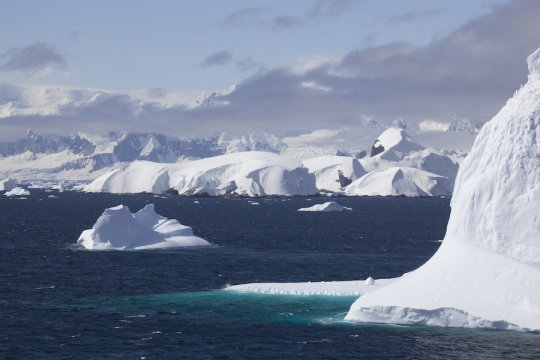Around a quarter of the West Antarctic’s ice sheet is considered to be affected now by unprecedented ice thinning, says a new study.
As per the researchers from the England’s University of Leeds, the ice has thinned by almost 122 meters in few areas and that the thinking has left the glaciers unstable.
The lead author of the study, Andy Shepherd, Director of UK Centre for Polar Observation and Modelling (CPOM), said that in few places of Antarctic, the ice has thinned drastically and thus he along with his team of researchers ventured to determine how much of it was caused because of climate change and weather.
They utilized satellite observations as well as climate models of last 25 years in order to monitor evolution of ice cover and snow in the West Antarctic region.
The results showed that affected glaciers are now unstable as the calving and melting of ice sheets is lowering their mass much faster than it could be restored again by snowfall. In addition to this, the thinning has spread across 24 percent of the West Antarctic in the last almost 25 years.
Moreover, the Pine Island as well as Thwaites glaciers, which are the biggest ice streams across the region, are also losing out ice nearly 5 times faster than what they were at the time the measurements started off.
The stability of ice sheets is usually believed to be associated to exposure they have to warmer deep ocean water. However, the researchers discovered that the solar warmed surface water plays a significant role in instability and melting of ice sheets as well.
The study is published in the Geophysical Research Letters journal.

